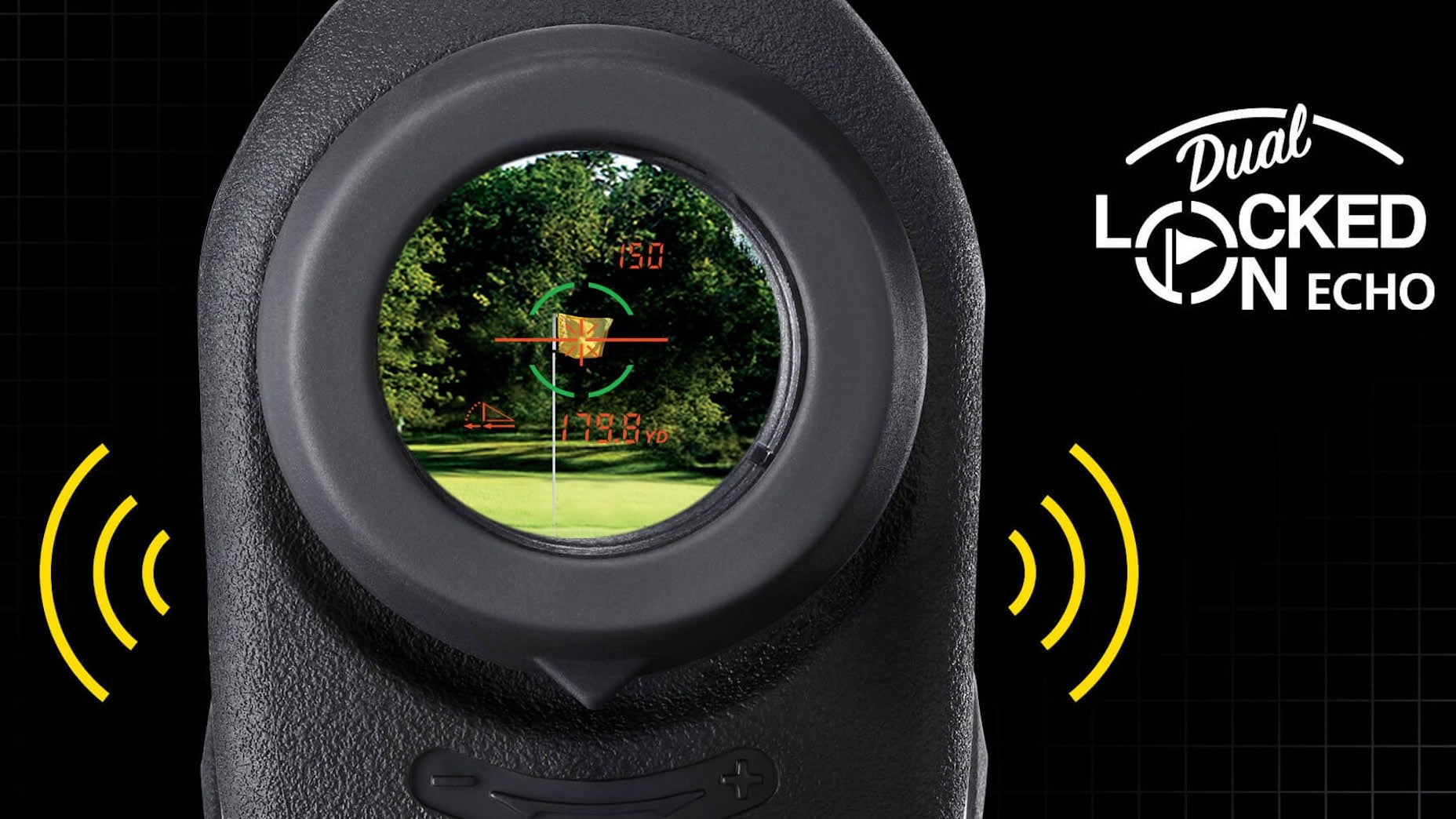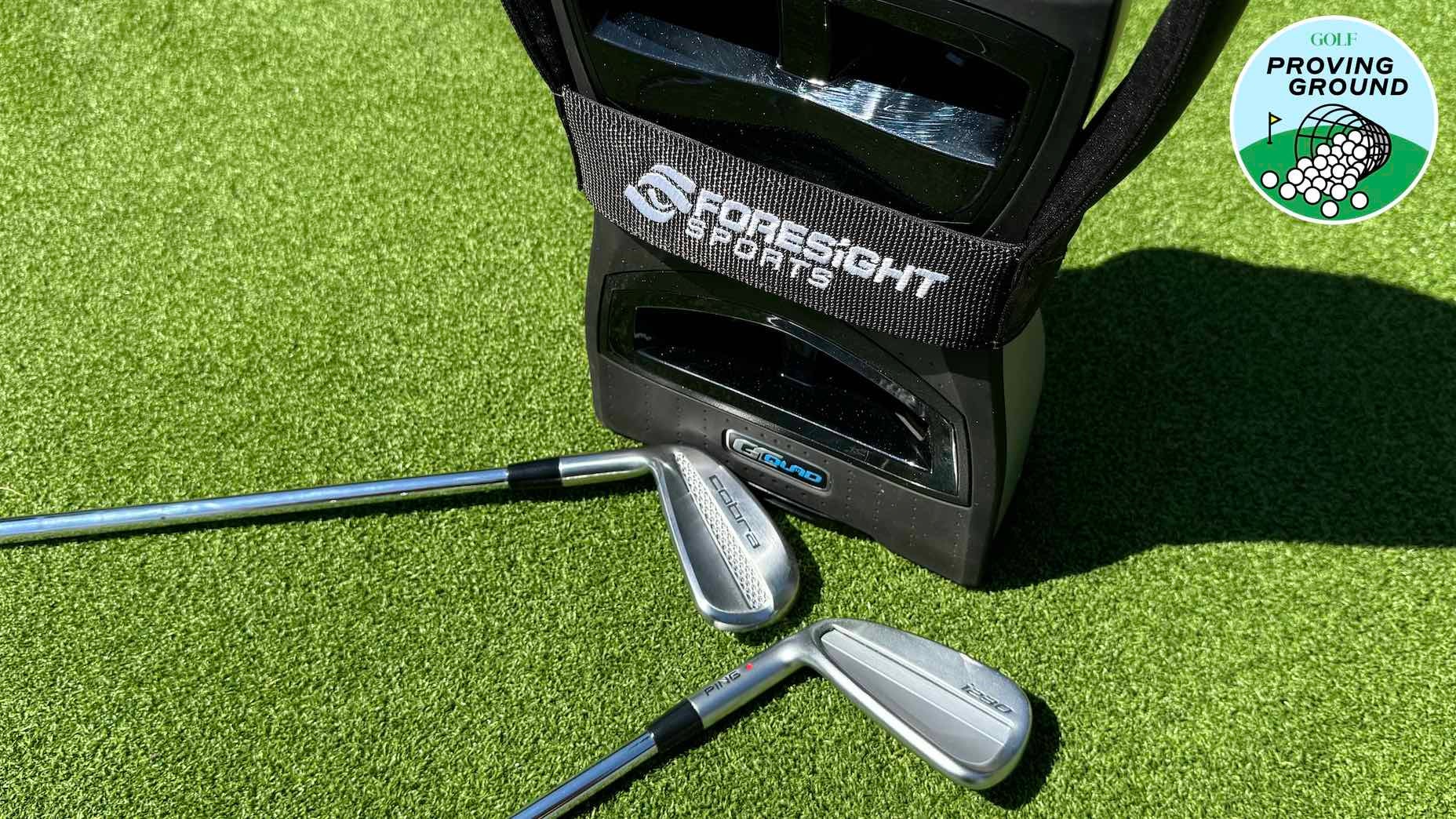We put Nikon’s latest rangefinder to the test | Proving Ground

Nikon's Coolshot Pro II Stabilized rangefinder can be purchased through Fairway Jockey for $399.95.
Nikon
Welcome to GOLF.com’s ClubTest Proving Ground, where managing equipment editor Jonathan Wall puts the latest designs and groundbreaking technology in the equipment space through its paces on the range and course.
The tools: Nikon Coolshot Pro II Stabilized rangefinder
The test: Put Coolshot Pro II through a thorough evaluation to see how it performs on the course.
The results: This is the part where I’d offer my thoughts on the Coolshot Pro II Stabilized rangefinder, but my unit was recently commandeered by True Spec Golf’s VP of Tour and Education, Kris McCormack. In truth, he needed it more than I did after his previous rangefinder bit the dust.
Nikon COOLSHOT PROII Stabilized Rangefinder
$449.95
View Product
As a form of “repayment,” he offered to take the rangefinder for a spin and offer an honest assessment. And with that, I’ll hand the equipment mic over to Kris.
Not all rangefinders are created equal. During my time in the industry, I’ve had the opportunity to test more units than I can remember. Some lasted a few months before things started to go haywire. Others were like the Energizer Bunny and kept hanging around.
You always want the latter, provided it’s easy to use and doesn’t break the bank. No one wants to pay full boat for a rangefinder that takes a PhD to figure out. After testing the Coolshot Pro II, I can assure you Nikon’s newest rangefinder earns high marks in both departments.

The amount of features included with the rangefinder is impressive — from the Dual Locked on Echo to the ID (incline/decline) technology. The easy-to-read display for the slope adjustment is an added bonus that I didn’t know I needed. It’s very clear to decide if it is being calculated uphill or downhill, and which number is the playable number versus the static number. It’s all about ease of use for me.
The optic also gives you an added level of confidence when you lock on the target and know that you are getting a number to what you intend to shoot, rather than something that could be behind or in front of the target. I can’t tell you how many times I’ve tried to shoot a bunker or pin, only to get a different number on the screen. It’s frustrating and shouldn’t happen when you’re paying $300-plus for a unit.
Something else I appreciated was the overall size and weight. It’s big enough to fit in the palm of your hand but not get lost in the cart. The lightweight frame also makes toting it around a breeze.

Since I started testing the rangefinder, I haven’t encountered one thing I’d change about it, which is a first for me during testing. It’s withstood the Arizona heat and some drops along the way, but it continues to produce accurate readings to the target time and time again.
At just under $400, I believe it’s the best rangefinder in the marketplace at this particular price point. It’s a bell ringer for one of the leaders in optical technology.
Want to overhaul your bag for 2024? Find a fitting location near you at True Spec Golf.











